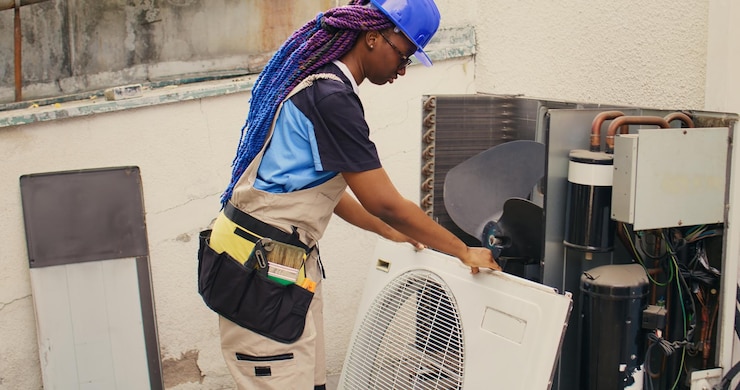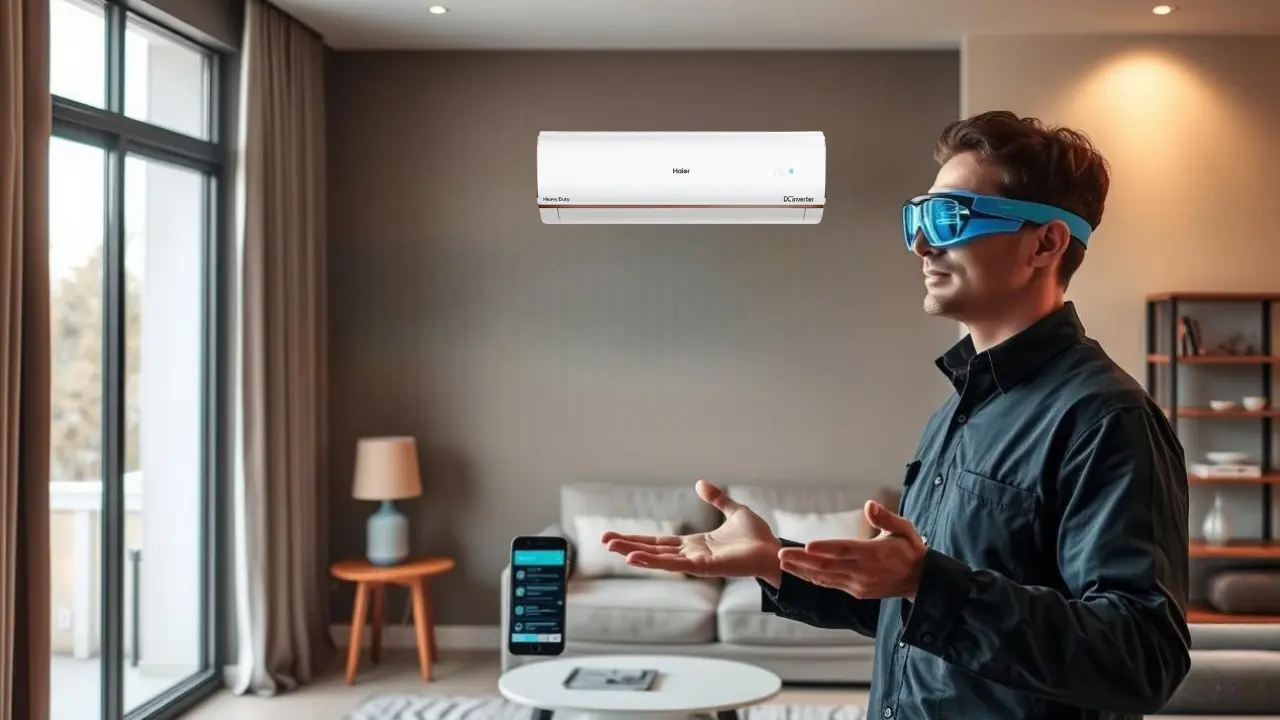In today’s rapidly advancing technological landscape, the role of AI in smart building HVAC systems is becoming increasingly pivotal. As urban centers expand and the demand for energy-efficient solutions grows, integrating artificial intelligence (AI) into heating, ventilation, and air conditioning (HVAC) systems is not just beneficial but essential. This article delves into how AI is revolutionizing HVAC systems within smart buildings, enhancing energy efficiency, and providing a more comfortable living and working environment.

Understanding HVAC Systems
To appreciate the role of AI in smart building HVAC, one must first understand the fundamentals of HVAC systems. These systems are crucial for maintaining indoor air quality and temperature control, which are vital for occupant comfort and health. Traditional HVAC systems operate on preset schedules, often leading to energy wastage. However, with the advent of AI, these systems are becoming more intelligent and responsive.
AI-Powered HVAC Systems
AI has the potential to transform HVAC systems by enabling them to learn from data and adapt to changing conditions. Through machine learning algorithms, these systems can analyze historical data, predict future usage patterns, and optimize operations accordingly. This not only leads to significant energy savings but also reduces operational costs.
Predictive Maintenance
One of the significant advantages of AI in HVAC systems is predictive maintenance. By continuously monitoring system performance, AI can predict potential failures before they occur, allowing for timely interventions. This reduces downtime and extends the lifespan of HVAC components. For more insights on predictive HVAC breakdowns, visit our comprehensive guide.
Energy Efficiency
AI contributes to energy efficiency by optimizing HVAC operations. By analyzing data from sensors and external sources like weather forecasts, AI can adjust system settings in real-time to maintain optimal conditions with minimal energy consumption. This adaptability is crucial for sustainable building management.
Smart Building Integration
Smart buildings leverage AI to integrate various systems, including HVAC, lighting, and security. This integration allows for centralized control and monitoring, enhancing overall building efficiency. In smart buildings, AI-driven HVAC systems can communicate with other systems to ensure synchronized operations, further optimizing energy use.
Indoor Air Quality Monitoring
AI also plays a vital role in indoor air quality monitoring. By analyzing air quality data, AI systems can adjust ventilation rates to maintain healthy indoor environments. This is especially important in urban areas where air pollution is a concern.
Challenges and Future Outlook
While the benefits of AI in smart building HVAC systems are evident, challenges remain. Data privacy concerns, the need for significant initial investment, and the complexity of integrating AI with existing systems can be hurdles. However, as technology advances and costs decrease, the adoption of AI in HVAC systems is expected to accelerate.
Looking ahead, the future of AI in HVAC systems is promising. With continuous advancements in AI technology, we can expect even more sophisticated and efficient solutions. The integration of AI with other emerging technologies like the Internet of Things (IoT) and big data will further enhance the capabilities of smart building HVAC systems.
Conclusion
In conclusion, the role of AI in smart building HVAC systems is transformative. By improving energy efficiency, enabling predictive maintenance, and enhancing indoor air quality, AI is paving the way for more sustainable and comfortable living and working environments. As the demand for smart buildings grows, the integration of AI in HVAC systems will become increasingly vital.

FAQs
1. How does AI improve HVAC energy efficiency?
AI optimizes HVAC operations by analyzing data and adjusting settings in real-time, reducing energy consumption and operational costs.
2. What is predictive maintenance in HVAC systems?
Predictive maintenance involves using AI to monitor system performance and predict potential failures, allowing for timely interventions and reduced downtime.
3. How does AI enhance indoor air quality?
AI systems analyze air quality data and adjust ventilation rates to maintain healthy indoor environments, particularly in areas with high pollution levels.
For more detailed information on how AI is revolutionizing HVAC systems, visit Avnet’s insights on AI in HVAC systems.
This article contains affiliate links. We may earn a commission at no extra cost to you.
